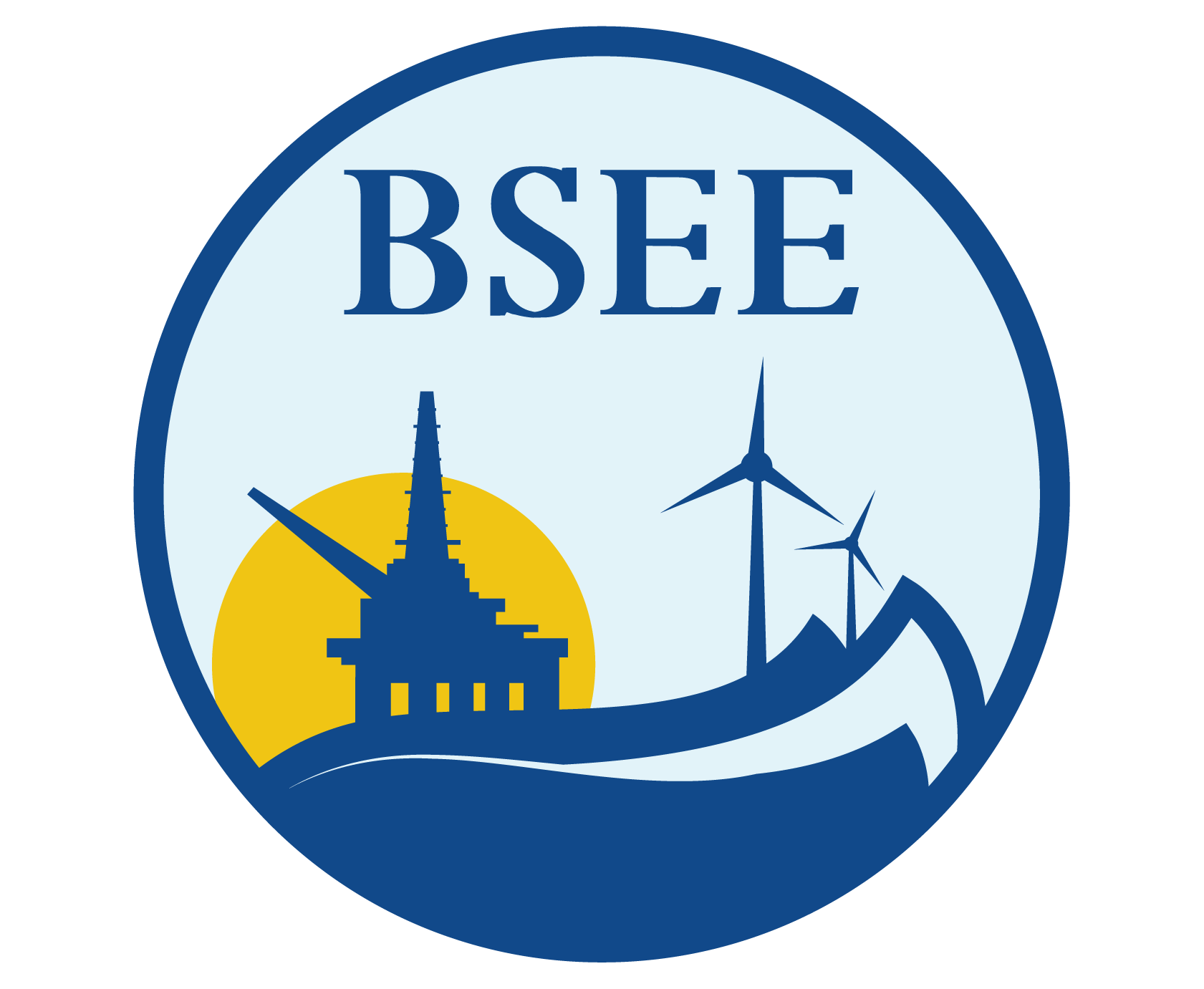OSRR-1012-Efficient Atomization and Combustion of Emulsified Crude Oil
The objective of this project was to assess the effectiveness of low pressure atomizing burners as a means to augment in situ burning of emulsified crude oil while minimizing pump infrastructure requirements.
